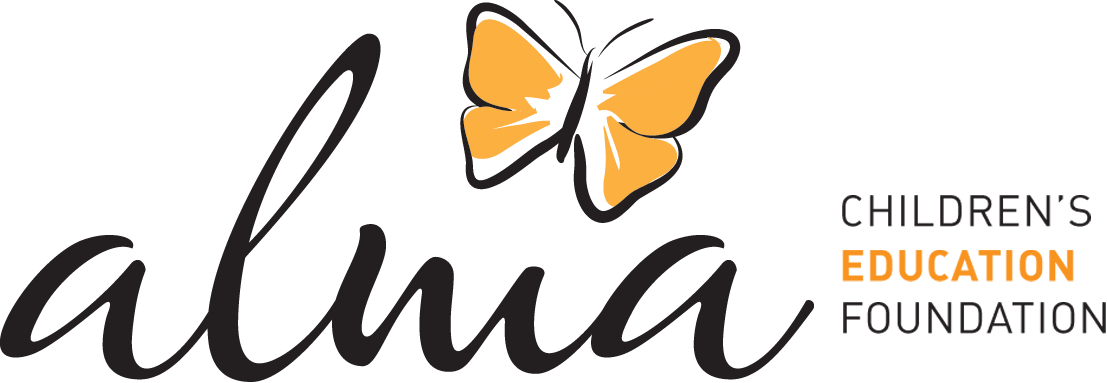
I love talking to teachers. And lucky for me, I get to speak with teachers from different countries with different backgrounds and different obstacles. Hearing their enthusiasm and compassion for the students is inspiring, but one topic that always seems to deflate teachers’ energy is when we talk about the paperwork behind lesson planning, implementation, and assessment. Very few teachers decide to spend their lives in the classroom with students because they love planning and assessment. The majority are there for the action: the actual implementation of their lessons. So what happens when the implementation is removed from the process, as we currently see in Peru and Bolivia?
Due to restrictions from the COVID-19 pandemic and the low levels of access to technology, most teachers in Peru and Bolivia are still not back in the physical classroom and can’t create a virtual one. Therefore, much of the lesson plan implementation relies on parents or state-radio programming, while the teachers can only focus on planning and then assessment. Apart from the many obstacles and difficulties the situation presents, one positive we are focusing on is the importance of strong and meaningful lesson planning. If the teacher can no longer control the implementation of a lesson, he or she better be sure the planning is clear, concise, and engaging!
In both Peru and Bolivia we are working with thousands of high and local level administrators and teachers to accompany them in the development of strong lesson plans at all levels of engagement (yearly, trimonthly, weekly, daily, etc.) The paperwork looks tedious, but only when we allow ourselves to get lost in the details and lose the larger pedagogic picture. Why are the formats set up as they are? What are the pedagogic and socio-emotional goals of the curriculum? How does the format help us achieve those goals? How does Alma’s methodology fill in any gaps, or smooth out and difficult areas? How can we make sure students and parents can do this without further guidance? We address these questions and work with administrators and teachers to create coherent and meaningful planning for students and parents, illuminating not just the “what” that needs to be in the documentation but the “why” and “how” as well.
Most teachers are in it for the action, so in our current reality, we are making lesson planning more actionable, paying attention to the details but keeping our focus on the broader pedagogic mission.
